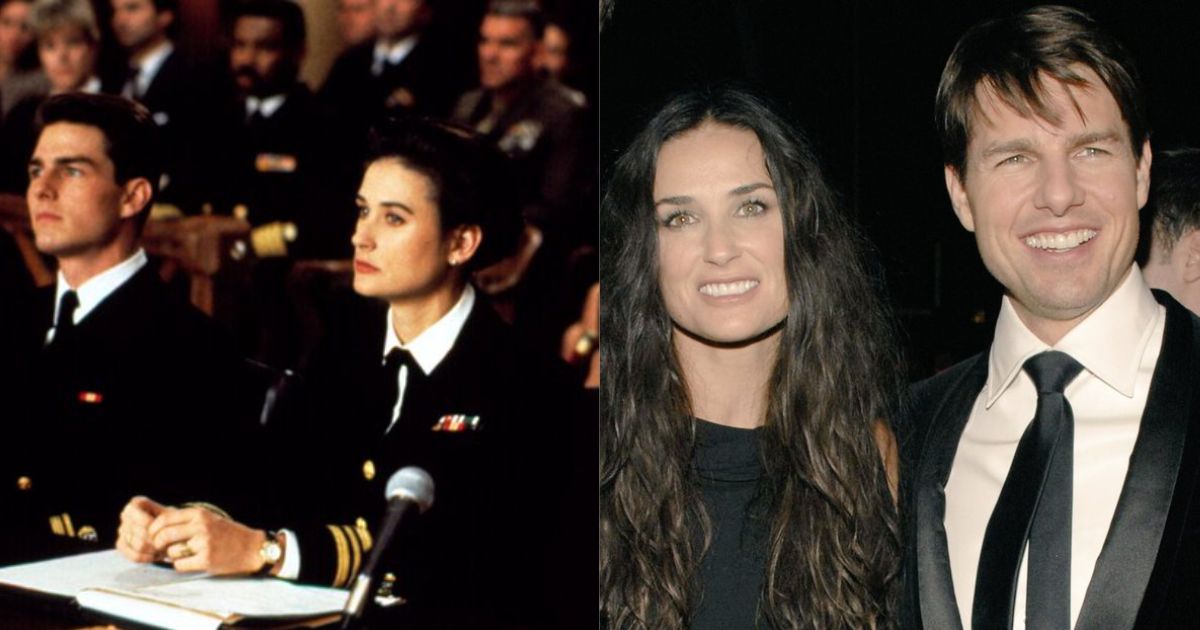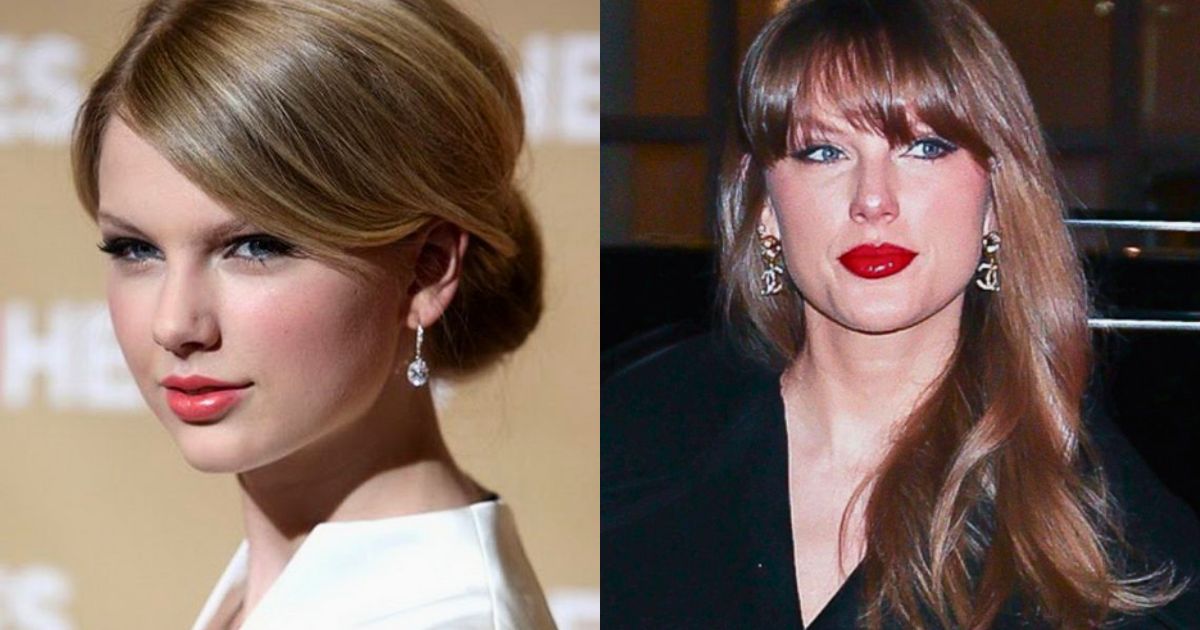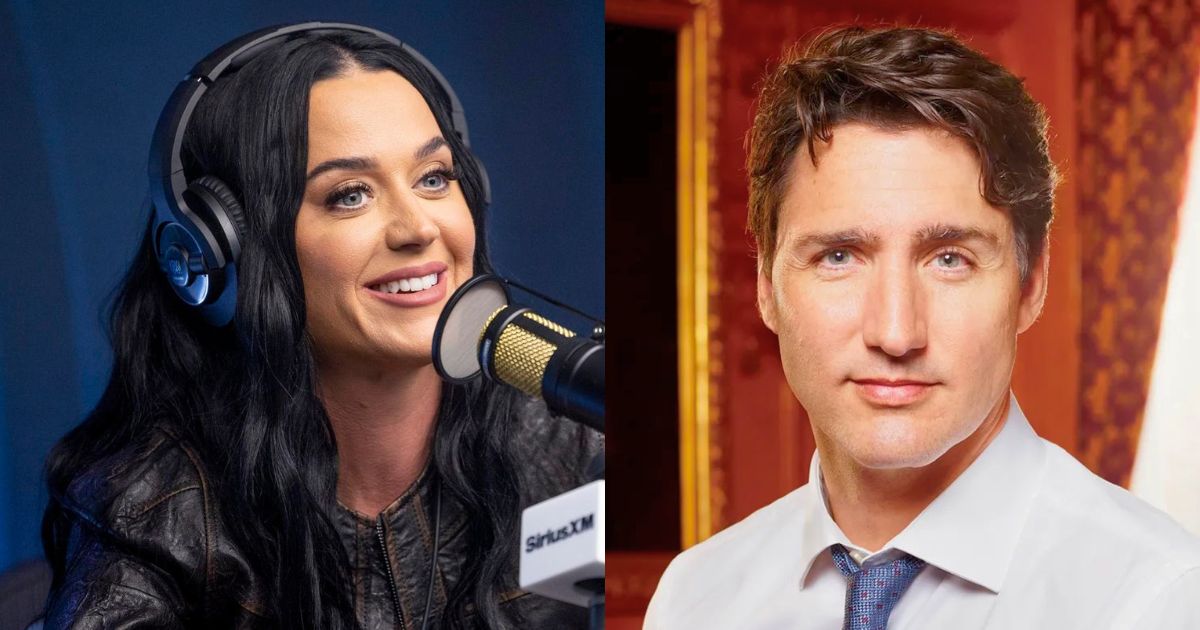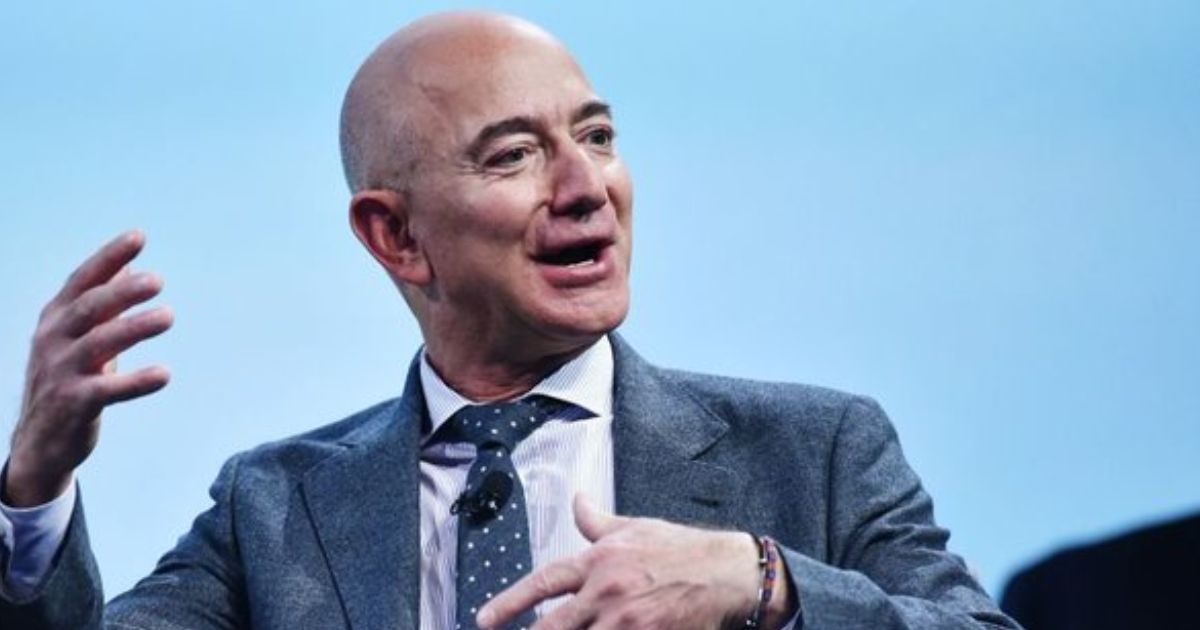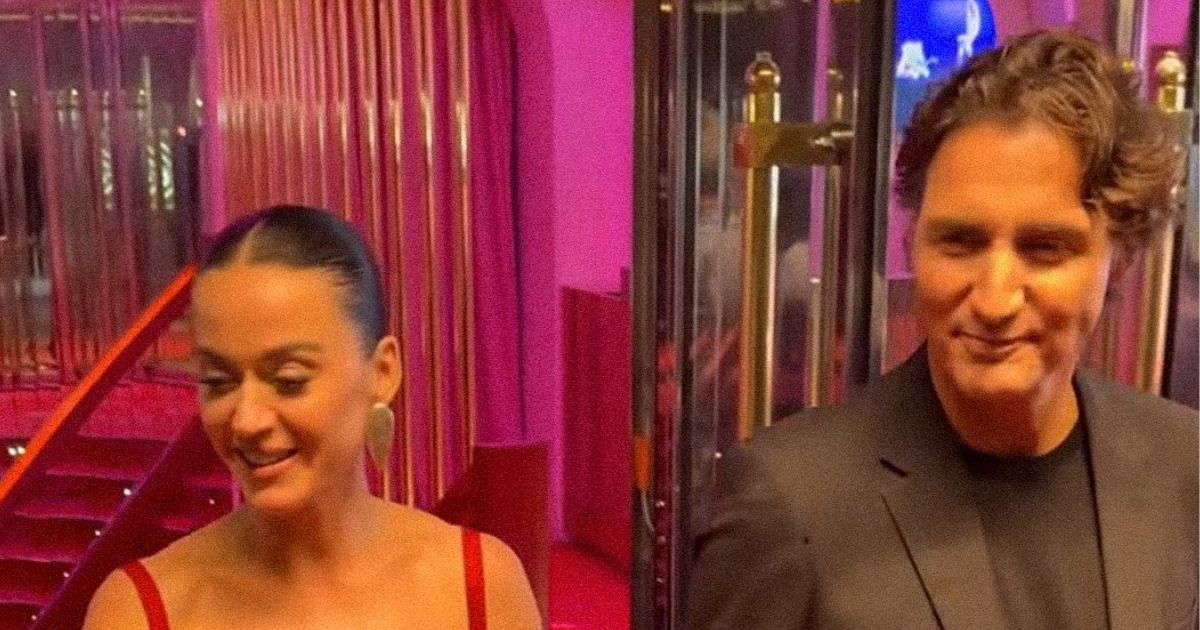Jimmy Kimmel’s post-suspension ratings surge went away almost as quickly as his suspension. After roaring back with a massive 6.48 million viewers on September 23, his first night back on ABC, Jimmy Kimmel Live slid steadily across the following week, landing at just 1.70 million viewers by Wednesday, October 1. That represents a steep 74 percent drop from his comeback night and dips below his Q2 nightly average of 1.77 million, though it sits slightly above his softer Q3 average of around 1.50 million.
Nielsen’s night-by-night curve tells the story clearly. September 23 brought in 6.48 million viewers. September 24 followed with 2.43 million. September 25 brought 2.30 million. September 29 had 2.85 million, September 30 saw 2.45 million, and by October 1 the number had dropped to 1.70 million. It’s a classic case of event TV behavior, with a flood of viewers tuning in for the highly publicized return, then numbers settling back down once the spectacle faded.
Kimmel’s reinstatement came after ABC suspended him for six days amid a national firestorm over the assassination of conservative activist Charlie Kirk and Kimmel’s pointed commentary about the political reaction that followed. The controversy supercharged interest in his first episode back, creating one of the biggest single-night audiences the show has seen in years. That kind of spike is increasingly rare in the fragmented late-night landscape, where viral clips and streaming platforms dominate the conversation.
Even with the drop-off, Kimmel still scored milestones during that week. His comeback episode cracked the weekly Top 25 broadcast rankings, a feat that’s nearly unheard of for a late-night show in 2025. But that one-night surge doesn’t guarantee lasting audience growth. In today’s media ecosystem, spikes are fleeting, and sustaining higher viewership depends on consistent buzz, breakout moments, or sustained controversy.
Politically, Kimmel’s return was bound to be polarizing. He framed his comeback as a stand for free speech and used his opening monologues to resume sharp critiques of the Trump administration. That approach reliably energizes his base while drawing ire from conservative commentators, many of whom mocked the ratings dip as proof that his appeal is temporary and tied to outrage cycles rather than long-term loyalty. Entertainment trades, meanwhile, focused on the numbers themselves, noting how unusual such a dramatic swing is for modern late-night television.
The premiere was undeniably strong, but the fade was expected. Network executives are likely to focus on overall averages across the season rather than any single night. If the show stabilizes around the 1.6 to 1.8 million range, they’ll see it as a recovery. If it slides closer to summer levels, they’ll lean harder on digital metrics, where Kimmel’s online clips often outperform linear broadcasts in both reach and ad revenue.
Ultimately, Kimmel’s suspension delivered one huge ratings night, but gravity has already set in. The real question is whether he can turn that brief spotlight into lasting momentum, or whether his surge will be remembered as a one-night phenomenon in an increasingly fickle late-night TV landscape. The late-night TV shake-up in recent years has been brutal. CBS axed The Late Late Show after James Corden’s ratings collapse and replaced it with a cheaper game show format. Jimmy Fallon has struggled to recover from years of flatlining numbers and Stephen Colbert show was cancelled for “financial reasons.”

